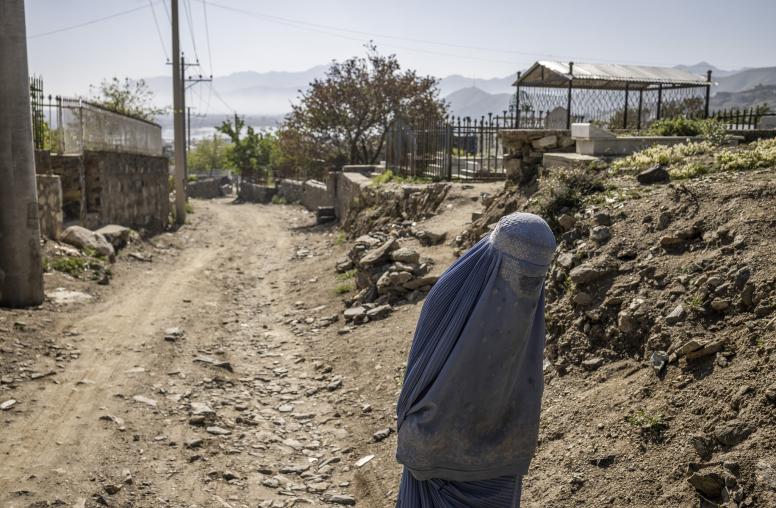Refugees and IDPs after Conflict
This report reviews the challenges facing returning refugees and internally displaced persons after protracted conflict, questioning the common wisdom that the solution to displacement is, in almost all cases, to bring those uprooted to their places of origin, regardless of changes in the political, economic, psychological, and physical landscapes.

Summary
- Programs to return refugees and internally displaced persons (IDPs) to • their homes after conflict, implemented by national authorities with international support, frequently leave far too many without viable futures. The measures are often inadequate for three reasons: a widely shared but flawed assumption that the need to create a future for returnees is satisfied by restoring them to their prior lives; a lack of long-term engagement by implementing authorities; and a focus on rural reintegration when many refugees and IDPs are returning to urban areas. These arguments are illustrated in four country cases—Bosnia, Afghanistan, Iraq, and Burundi.
- In each case, the places that refugees and IDPs were forced to flee have been greatly reshaped. They often lack security and economic opportunities; governance is weak and services are inadequate. Returnees have made choices about their futures in large part on the basis of these factors.
- While reclaiming land or receiving compensation for losses is important, the challenge for many returnees is to settle where they can maintain sustainable livelihoods; find peaceful living conditions; have access to health care, education, and employment opportunities; and enjoy full rights of citizenship. This may mean a move from rural to urban areas and a change in the source of income generation that has to be accounted for in the design of reintegration programs.
- Returning refugees and IDPs should be assisted for a sufficient amount of time to determine which location and livelihood will suit them best. For international organizations, this may involve greater creativity and flexibility in supporting returnees in urban settings.
- To accommodate inflows of returnees and their general mobility, national and local governments should develop urban planning strategies to manage the growth of their cities, coupled with regional development plans in rural areas that may involve investment in commercial agriculture. Linking rural and urban areas by strengthening government institutions can also provide returnees with more livelihood options and promote development.
About the Report
This report reviews the challenges facing returning refugees and internally displaced persons after protracted conflict, questioning the common wisdom that the solution to displacement is, in almost all cases, to bring those uprooted to their places of origin, regardless of changes in the political, economic, psychological, and physical landscapes. While affirming the right to return, the report underscores insecurity, lack of economic opportunities, and poor services generally available in areas of recent conflict where people are expected to rebuild their lives, documenting cases of seriously flawed return efforts. Greater flexibility in determining the best solutions to displacement and more investment in alternative forms of reintegration for those who have been displaced is needed.



